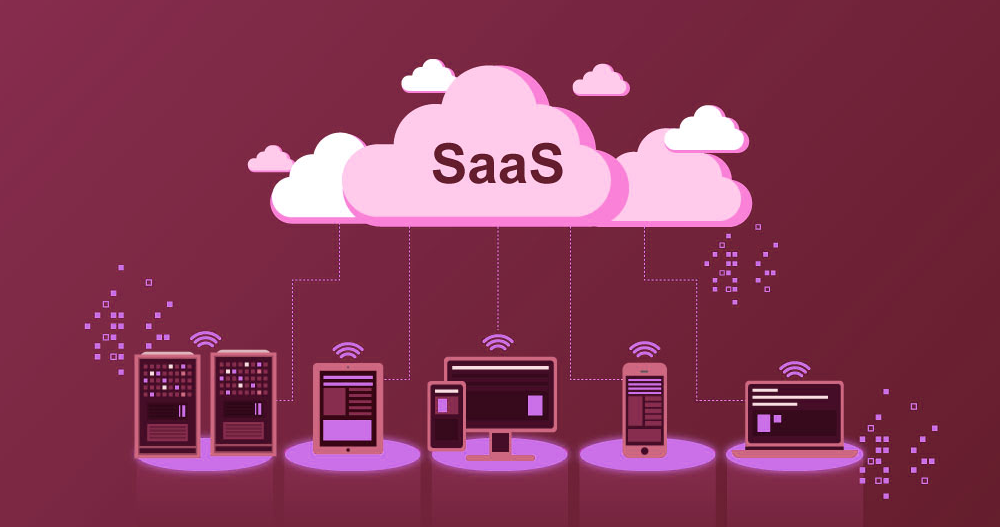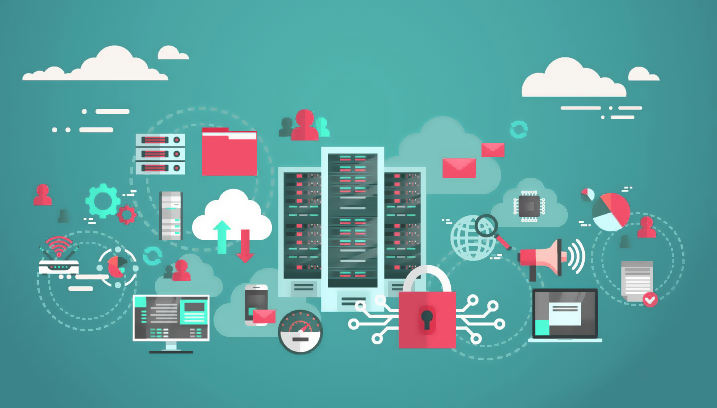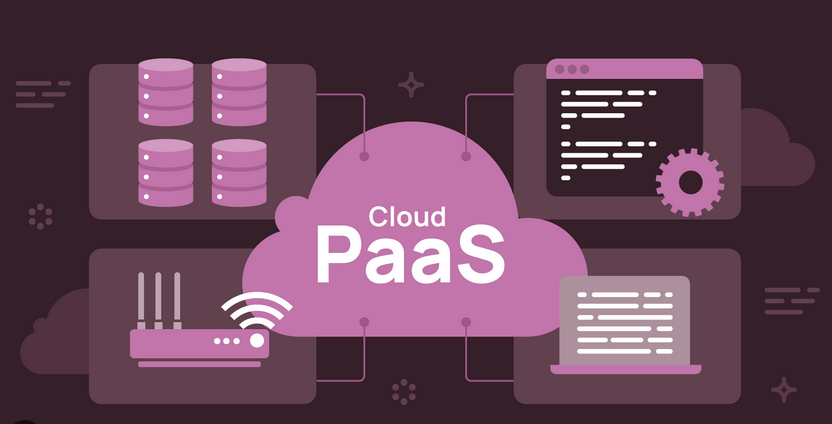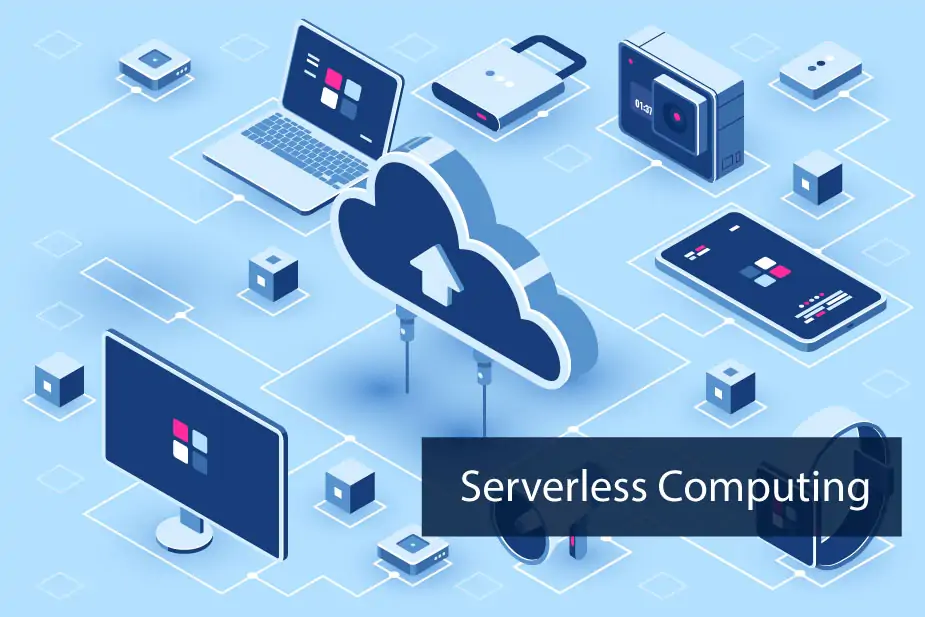Enhancing cloud platform capabilities through various technologies and tools is going to be the largest trend in 2023-2024. Cloud computing providers store and process data in a location that’s separate from end users. The benefits of cloud computing are changing the landscape of business.
In a world where customers demand personalized marketing and instant and impeccable service, it’s fast becoming not just the best way to drive successful and innovative businesses, but the only way.
Most cloud computing services fall into four broad categories: infrastructure as a service (IaaS), platform as a service (PaaS), serverless, and software as a service (SaaS).
These are sometimes called the cloud computing “stack” because they build on top of one another. Knowing what they are and how they’re different makes it easier to accomplish your business goals.
Cloud computing technology gives users access to storage, files, software, and servers through their internet-connected devices: computers, smartphones, tablets, and wearables.
There will also be multiple new applications for cloud technology that weren’t possible before. Here are a few reasons and trends that will see cloud computing reach new heights in the coming year.
8 Key Cloud Computing Trends

Multi-cloud/ Hybrid cloud solutions
A hybrid cloud solution combines the features and functionalities of a third-party public cloud platform with a private cloud solution. Such a solution will generally be used to enable workloads to move from public to private clouds and back. This will give users greater flexibility for data sharing and access.
Disaster recovery and backup
Data outages, system failures and cyber attacks are a huge part of running a digitally integrated business. Enterprises have generally dealt with server or system crashes that lead to a loss of unsaved documents or data. To prevent or minimise such instances and ensure there’s no loss to enterprise processes and infrastructure, disaster recovery and data backup are critical applications of cloud computing.
Cloud security
The threat of data leaks, deletion and fraud have made data and network security a huge challenge for all IT infrastructures today. With more businesses switching to the cloud, enterprises need to ensure cloud service providers have airtight security protocols and systems to ensure the safety of client data.
AI platforms
Technology conglomerates are exploring new ways to incorporate AI for Big Data processing. This aims at improving business functions and output. Using AI solutions and infrastructure, cloud platforms aim to increase efficiency. AI enables organisations to manage and automate internal processes smartly. This framework also helps them to adapt and scale to their evolving business needs more easily.
Serverless Architecture
Serverless architecture within an enterprise’s infrastructure eliminates all the barriers that are placed by traditional IT infrastructure. You don’t need to rent or purchase the servers used for running data. Instead, there’s a dedicated third party that can handle this for you. This allows your business to focus on other more productive tasks.
IoT platforms
IoT platforms are cloud-enabling solutions that work with almost every device to allow cloud solutions and apps to function on them. The Internet of Things works as an intermediary, gathering data from several devices using smart device management and remote configuration.
Open source cloud services
The IT industry is shifting towards collaboration and innovation. this will change how enterprises manage cloud services and they will start exploring the adoption of open source cloud services.
An open-source cloud service refers to any cloud service created with technology or software that anyone can customise. In other words, open-source cloud platforms allow enterprises to customise their infrastructure depending on their requirements.
Edge computing
Edge computing is a cloud network system optimisation method. It performs data processing at the network’s edge, closer to the data source. Edge computing functions in real-time on cloud servers and processes data that isn’t too time-bound and stores it for long-term use.
Cloud computing is one of the most promising career paths today. It will continue to be at the centre of all IT industry disruptions and new technologies for the foreseeable future.
Simply put, cloud computing is the delivery of computing services—including servers, storage, databases, networking, software, analytics, and intelligence—over the Internet (“the cloud”) to offer faster innovation, flexible resources, and economies of scale.
Software as a service (SaaS)

Software as a service is a method for delivering software applications over the Internet, on demand and typically on a subscription basis. With SaaS, cloud providers host and manage the software application and underlying infrastructure, and handle any maintenance, like software upgrades and security patching.
SaaS provides a complete software solution that you purchase on a pay-as-you-go basis from a cloud service provider.
You rent the use of an app for your organization, and your users connect to it over the Internet, usually with a web browser. Users connect to the application over the Internet, usually with a web browser on their phone, tablet, or PC.
All of the underlying infrastructure, middleware, app software, and app data are located in the service provider’s data center. The service provider manages the hardware and software, and with the appropriate service agreement, will ensure the availability and the security of the app and your data as well.
SaaS allows your organization to get quickly up and running with an app at minimal upfront cost.
SaaS is a form of cloud computing in which users can access software applications without needing to download, install, or store that software and its various components on their devices or hard drive.
Most cloud computing software of this kind is subscription-based with an annual or monthly fee. In return, users get seamless solutions and features without needing hardware, being bogged down by installing updates, or other maintenance tasks.
Infrastructure as a service (IaaS)

The most basic category of cloud computing services. With IaaS, you rent IT infrastructure—servers and virtual machines (VMs), storage, networks, operating systems—from a cloud provider on a pay-as-you-go basis.
IaaS is one of the four types of cloud services, along with software as a service (SaaS), platform as a service (PaaS), and serverless.
It’s ideal for companies that create highly specialized or unique proprietary applications, but don’t want to spend time or other resources buying, storing, setting up, or maintaining the necessary equipment. Instead, they access ready-to-use infrastructure over the internet.
Infrastructure as a service (IaaS) is a type of cloud computing service that offers essential compute, storage, and networking resources on demand, on a pay-as-you-go basis.
Migrating your organization’s infrastructure to an IaaS solution helps you reduce maintenance of on-premises data centers, save money on hardware costs, and gain real-time business insights.
IaaS solutions give you the flexibility to scale your IT resources up and down with demand. They also help you quickly provision new applications and increase the reliability of your underlying infrastructure.
IaaS lets you bypass the cost and complexity of buying and managing physical servers and datacenter infrastructure. Each resource is offered as a separate service component, and you only pay for a particular resource for as long as you need it.
Platform as a service (PaaS)

Platform as a service refers to cloud computing services that supply an on-demand environment for developing, testing, delivering, and managing software applications.
PaaS is designed to make it easier for developers to quickly create web or mobile apps, without worrying about setting up or managing the underlying infrastructure of servers, storage, network, and databases needed for development.
Businesses use PaaS to create proprietary apps and programs without the need for servers or special testing environments.
The platform’s versatility allows developers to write code in the language of their choice, and it integrates with other cloud computing products that use customer data, which allows companies to track an app’s performance.
Platform as a Service (PaaS) is a cloud computing solution that provides developers with an easy-to-use platform to create their own software, web applications, or other programming projects.
Like IaaS, PaaS includes infrastructure — servers, storage, and networking — but also middleware, development tools, business intelligence (BI) services, database management systems, and more.
PaaS is designed to support the complete web application lifecycle: building, testing, deploying, managing, and updating.
PaaS allows you to avoid the expense and complexity of buying and managing software licenses, the underlying application infrastructure and middleware, container orchestrators such as Kubernetes, or the development tools and other resources. You manage the applications and services you develop, and the cloud service provider typically manages everything else.
PaaS is a cloud computing service that gives users the ability to develop, launch, and manage apps without having to deal with the infrastructure required for building apps.
Designing an app isn’t easy. User interaction, user experience, graphic design, and development have to be considered. Everyone has to be aware of the app’s purpose and the company’s goals in launching it. That’s where PaaS comes in.
Serverless computing

Overlapping with PaaS, serverless computing focuses on building app functionality without spending time continually managing the servers and infrastructure required to do so. The cloud provider handles the setup, capacity planning, and server management for you.
Serverless architectures are highly scalable and event-driven, only using resources when a specific function or trigger occurs.
Serverless computing enables developers to build applications faster by eliminating the need for them to manage infrastructure. With serverless applications, the cloud service provider automatically provisions, scales, and manages the infrastructure required to run the code.
In understanding the definition of serverless computing, it’s important to note that servers are still running the code. The serverless name comes from the fact that the tasks associated with infrastructure provisioning and management are invisible to the developer.
This approach enables developers to increase their focus on the business logic and deliver more value to the core of the business. Serverless computing helps teams increase their productivity and bring products to market faster, and it allows organizations to better optimize resources and stay focused on innovation.
Edited by 








